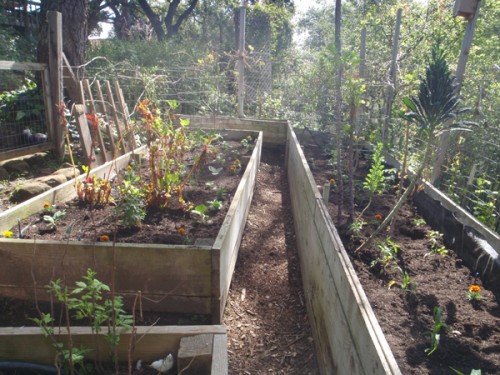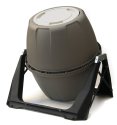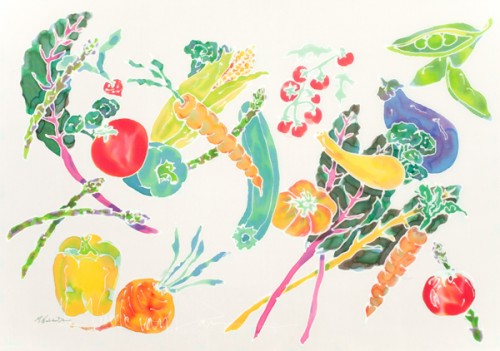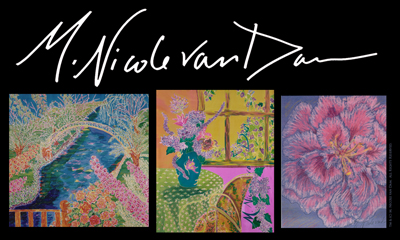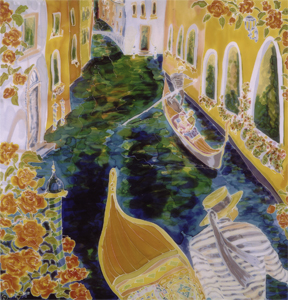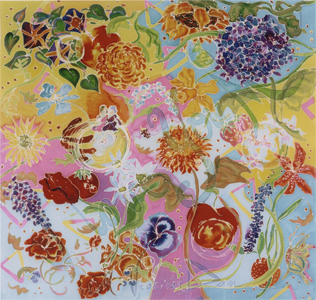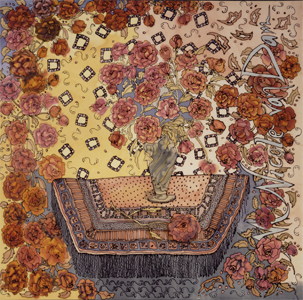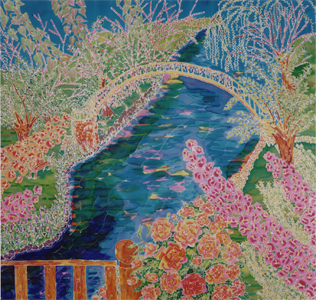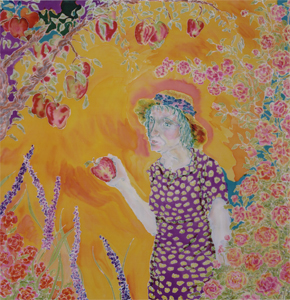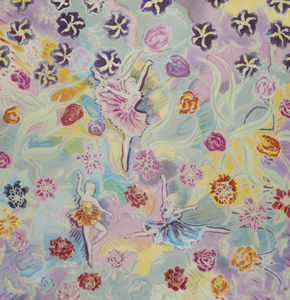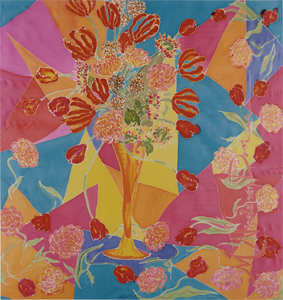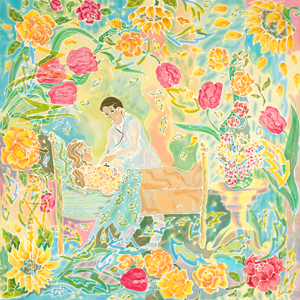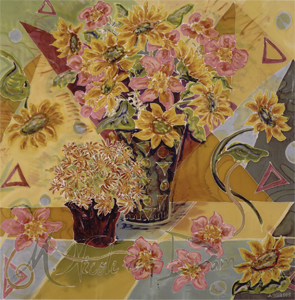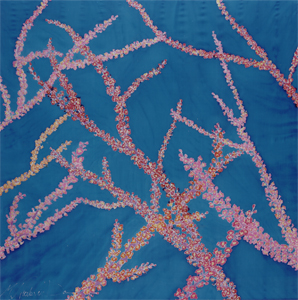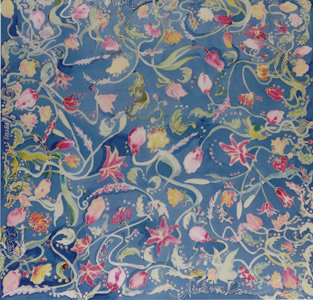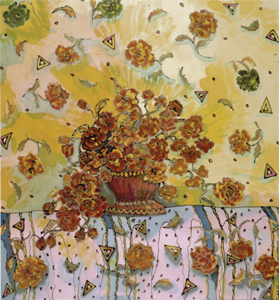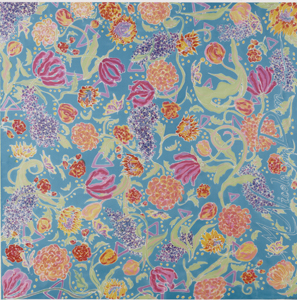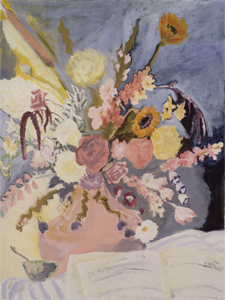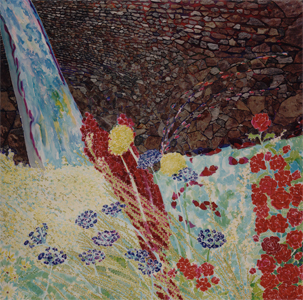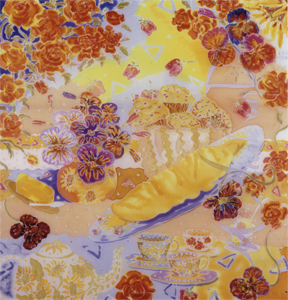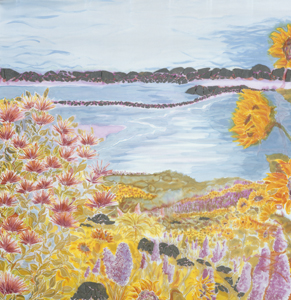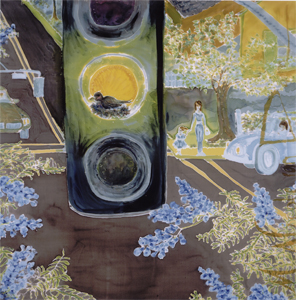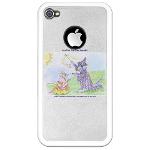Nicole has happily been composting for her organic garden- which she loves because it eliminates so much waste that otherwise would be lost in a landfill, and turns everything from coffee grinds, eggshells, and unwanted veggie leftovers into precious nourishment for the plants. After quite a bit of research Nicole chose a tumbling composter, and liked it enough to purchase a second one. UPDATE: The exact composter Nicole uses has been discontinued (bummer!). Here is what our bins look like:
We did some research and here are links to compost bins similar to ours:
The yield on Nicole’s fruit trees has increased considerably since the composting began! For those curious the products Nicole uses for composting are here
Steps:
STEP ONE: Buy a tumbling compost bin, such as the bin at the above link. Whatever bin you choose, you want it to have removable lids on both sides that don’t open by accident, and you want it to be a tumbling composter so you don’t need to heave through it with a shovel. Much easier/tideier to give the composter a spin than to plow through the muck with a shovel! What we like about this composter is that it has a 4-angle locking system – meaning that in between tumbles, you can pose the composter horizontal or vertical, so that it warms in the sun to the maximum. Both ends have lids that lock securely.
STEP TWO: Buy a small box of compost starter – you won’t need much – only a few cupfuls for the bin Nicole uses. Nicole recommends this compost starter: The compost starter Nicole used.
STEP THREE: Start thinking about your possible composting materials as either “brown material” or “green material”.
–BROWN MATERIAL: Woody stalks of plants, coffee filters, shredded black and white newspaper (avoid color paper because sometimes the color inks can be toxic), wood chips (if you get your trees trimmed, ask the tree trimmer to give you the wood chips from their chipper – plan ahead and have a spare garbage bin for it), old leaves (even pine needles in moderation), sawdust, hay, straw, even dryer lint (caution with dryer lint – I don’t use it because I’m worried about residue from the color dyes) . The word “brown” has nothing to do with color, it has to do with the carbon that will be released.
GREEN MATERIAL: green grass clippings or freshly fallen leaves (still green), vegetarian table scraps like fruit rinds, leftover fruit, left over vegetables, old bread, even eggs shells (I wash off the egg shells), coffee grinds, tea leaves (can be in tea bag, remove staples), hair (yes, even dust bunnies from your dog!). The word “green” has nothing to do with color, it has to do with the nitrogen that will be released.
WHAT TO AVOID: Never add in any non-vegetarian table scraps like dairy products, meat, fish, bones, or any part of an egg (other than cleaned egg shells). Never add in any diseased or insect laden plants – you will only spread the problem when you spread the compost! Never add in things that are weedlike – like ivy, dandelions, quackgrass – that also will only increase your chances of spreading weeds! Never add in your dog or cat waste. Don’t add in anything treated with insecticides.
STEP FOUR: When you add materials to your composter, based on my experience, volume-wise you want to roughly add in TWO PARTS GREEN MATERIAL (i.e., coffee grinds, tea, kitchen scraps from fruits and veggie (even the rinds and peels), and grass clippings) TO EVERY ONE PART BROWN MATERIALS (i.e., coffee filter, old black and white newspaper, dead brown leaves, wood chips, woody stalks of plants). You can experiment with up to four parts one to one part the other. Here’s how to tell if you have the right ratio ‘sun cooking’ in your composter: If you open the lid and it smells rotten then you have too much green material and need to add brown material; if you open the lid and it seems nothing is happening and it isn’t making compost, then (assuming you’ve been turning the composter and it is standing in the sun and isn’t too dry), then that likely means you have too much brown and need to add green. The right ratio of compost actually smells sweet!
STEP FIVE: To start your composter composting:
1. Make sure you locate your composter in a full sun location. Locate the composter BEFORE you fill it up!
2. Fill in the composter at least one quarter full with two parts green to one part brown materials, and then add a fat two cups of the compost starter, then add two fat cups of water, give your composter the first few spins. The most you want to fill your composter is 3/4 full.
3. Collect your green and brown materials every day and keep adding to the composter in roughly the two-to-four green to one brown ration, and spin the composter a few times every time you add new material. Regardless of whether you add new material, you should spin the composter every few days, and in around two-to-six months (depending on how hot your area is) from when you added your last material, you will have lovely compost!
4. Once your compost looks like soil – you can’t distinguish any particular material in it, then you’ve successfully made your first batch of what I call ‘garden gold’ and you are ready to sprinkle your garden gold around your plants, and to start the composting process all over again.
IMPORTANT: Once your composter is 3/4 full, stop adding new materials, but keep spinning the composter and once every few weeks add a cup of water if it seems dry. If your composter is full but you don’t want to waste your table scaprs in the meantime, that means you need to buy a second composter (that’s what I did), so you have your composters composting at alternate times.
Handy Hint: We keep a small bucket in our kitchen that came with its own lid – that bucket stays in our kitchen, and we fill it with whatever vegetarian scraps, waste, etc. we want to compost, then carry the bucket into the garden when it’s full and dump it into the composter. That’s a neat solution that’s handy and not messy or gross to look at! Here is a link to the sort of bucket that can work: Kitchen bucket for composting.

